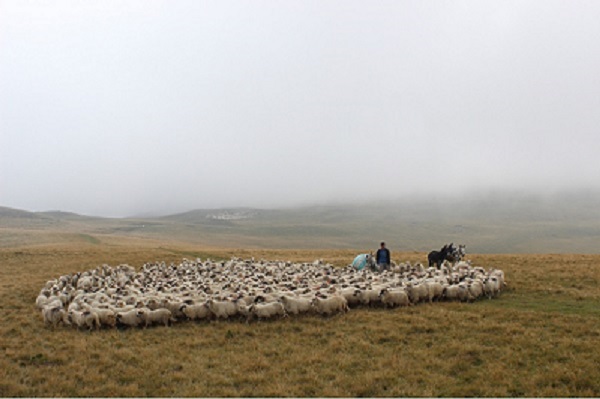First published on 07/22/2019, and last updated on 08/07/2019
Forest and Pasture Commons in Romania. Territories of life, Potential ICCAs : Country Report, by Monica Vasile, Romanian Mountain Commons and ICCA Consortium, 53 pages, 2019.
The purpose of this report is to describe forest and pasture commons of the Romanian Carpathian Mountains, which are territories of life owned and governed by local rural communities, potential ICCAs with historical roots.
The report is based on in-depth research conducted by the author in collaboration with project partners over the last 15 years. It offers insights from surveys, interviews, and empirical case studies.
The forest and pasture commons of the Romanian Carpathian Mountains are coniferous and broadleaved forests of high conservation and commercial value, together with grasslands, alpine pastures, and foothill meadows, that represent approximately 1 million hectares of mountain land owned by as many as 1,500 community groups spread along the Carpathian foothills and ranges. Governed through by-laws that have been in place since the 19th and early 20th century, the current commons recall the intricate realities of feudal Europe. Yet, revived by post-socialist property reforms of the 21st century, after being abolished by the intervening socialist state, these commons embody many of the current ideals of a social economy, even though, in some cases, they have been scarred by problems associated with rural precariousness, resource conflicts, unequal access, and corruption. These issues should be addressed by programs aimed at enhancing the capacities of communities and the potential of these commons.
This report systematically explores the ecological, social, and economic features of the commons. It describes and compares a variety of local commons with different systems of rights distribution and regulatory frameworks. In the last two chapters, the report identifies challenges to current commons, and suggests a set of necessary actions for meeting these challenges, through constructive policies and governance practices.
Picture: Alpine pasture commons in Southern Carpathians, Vâlcea county, Wallachia. © Arryn Snowball 2016, AE database
